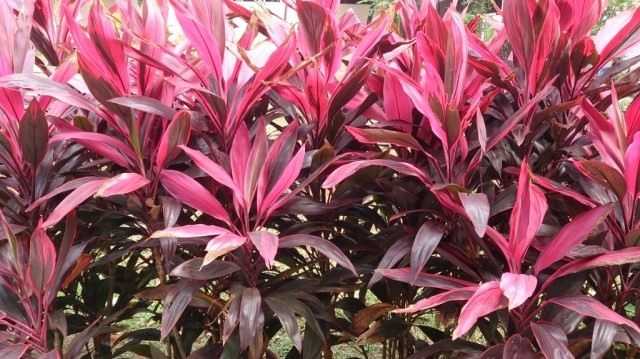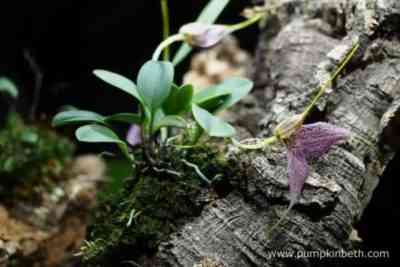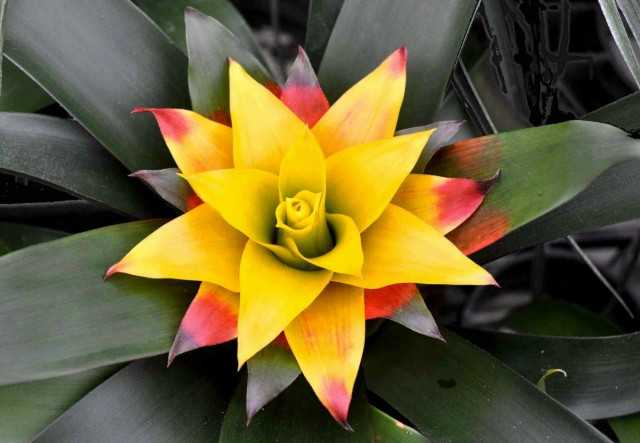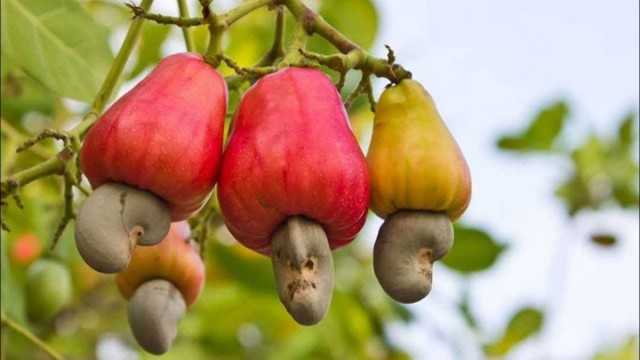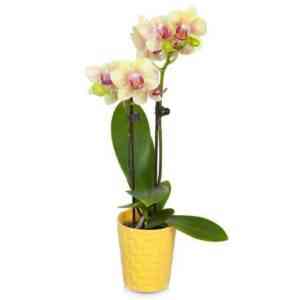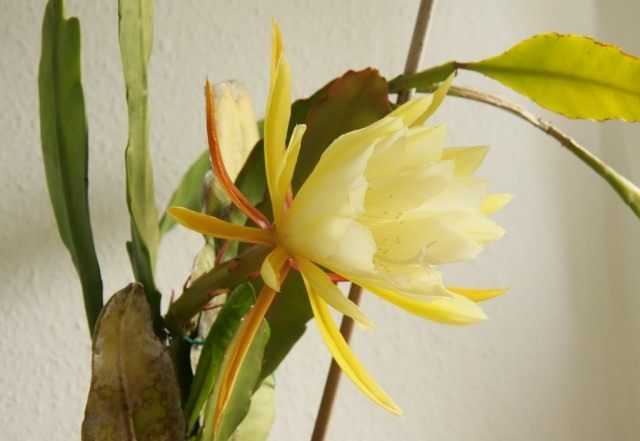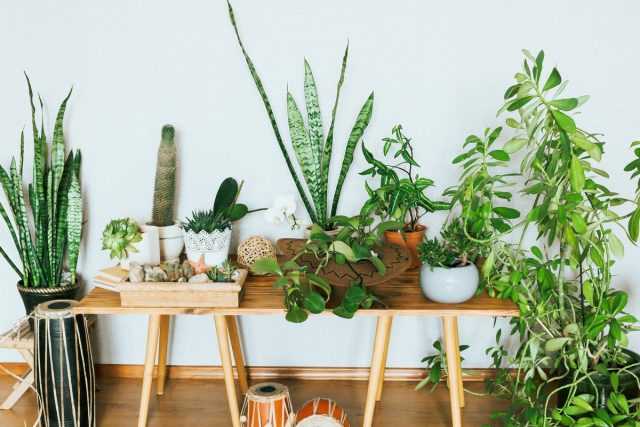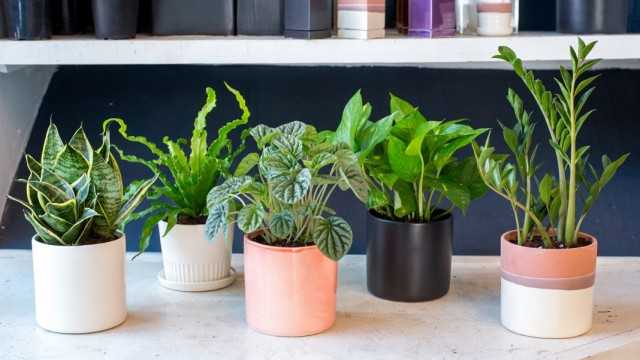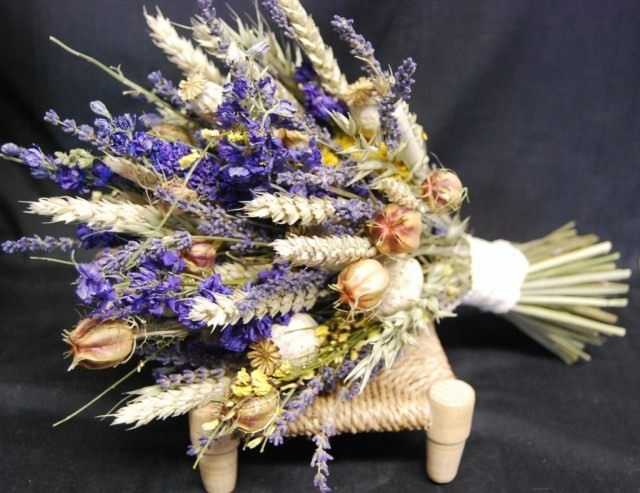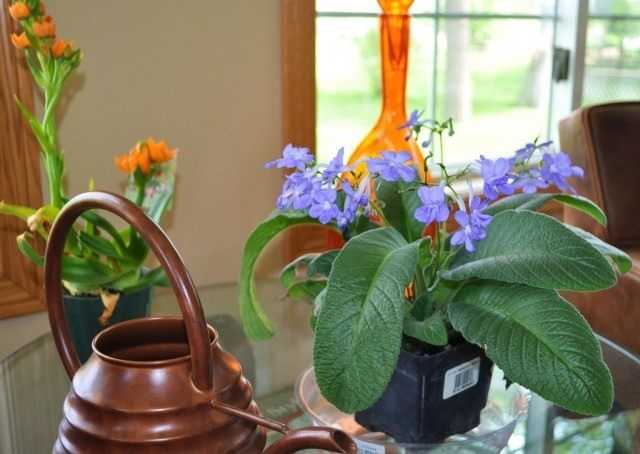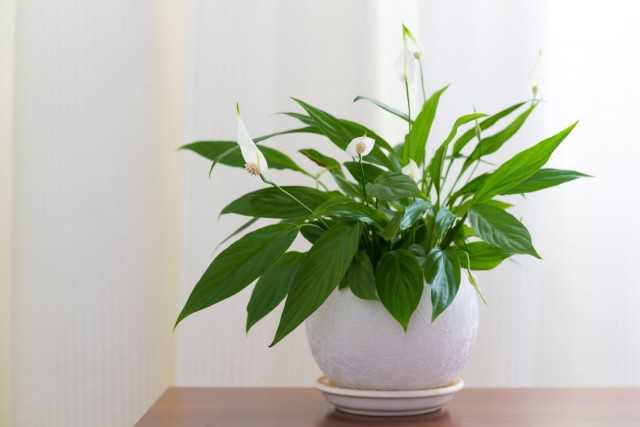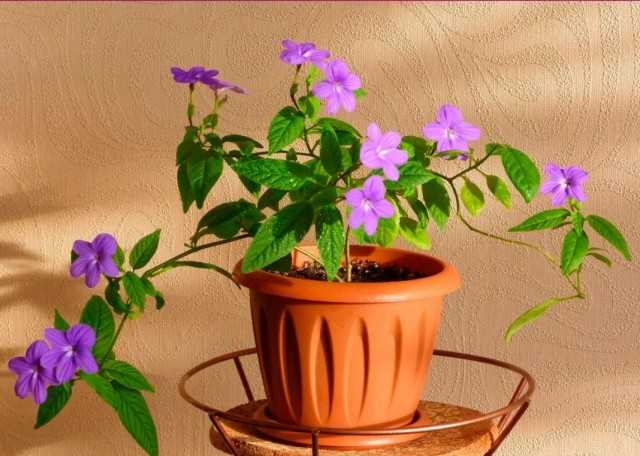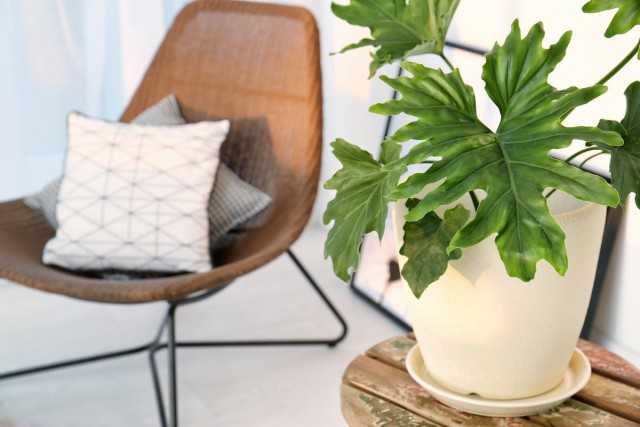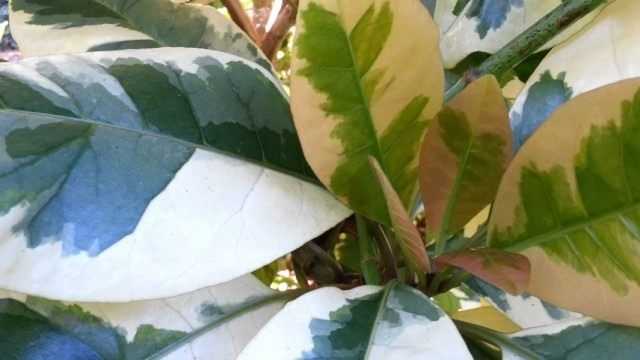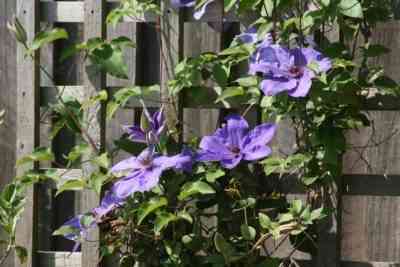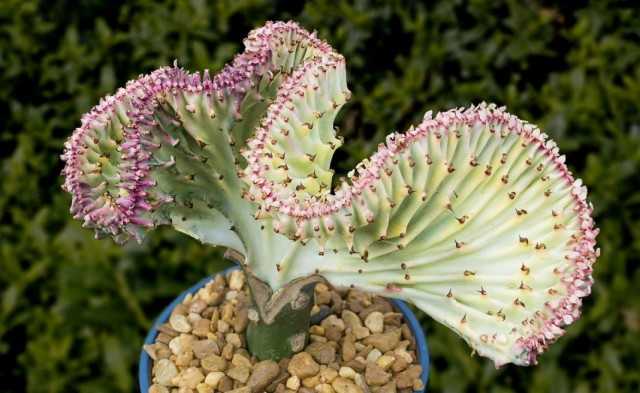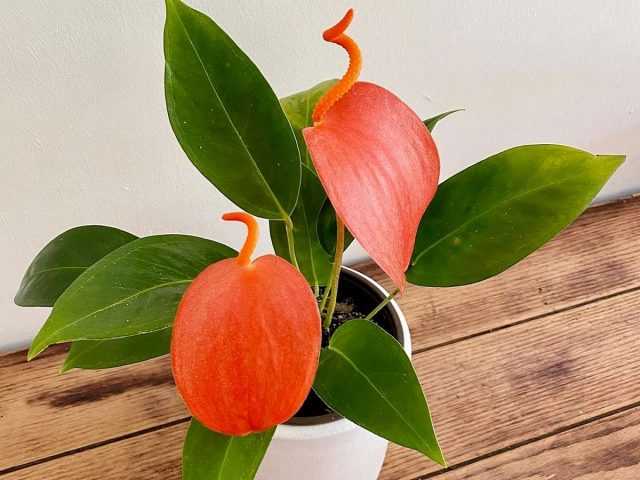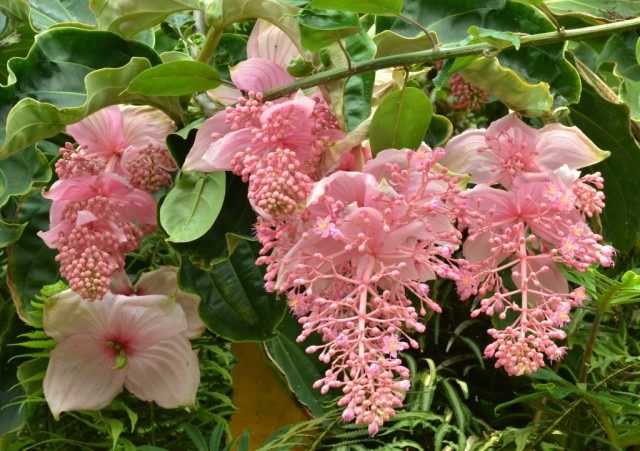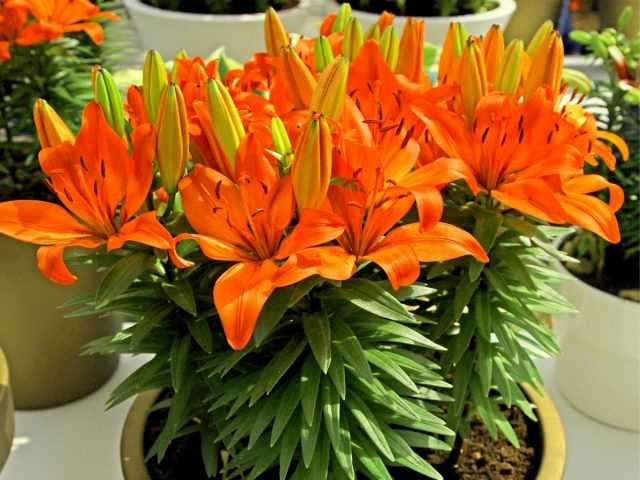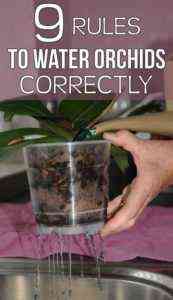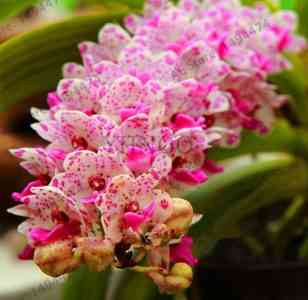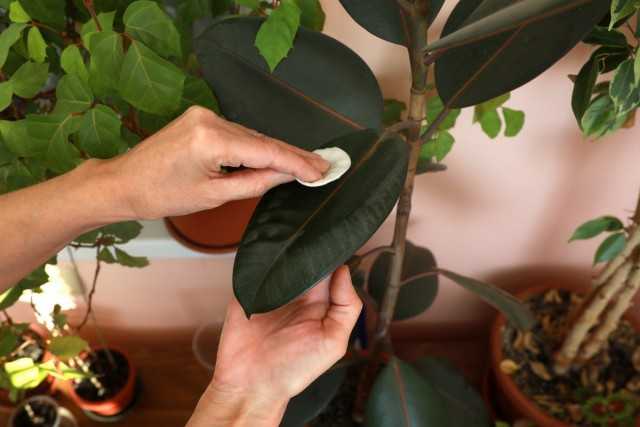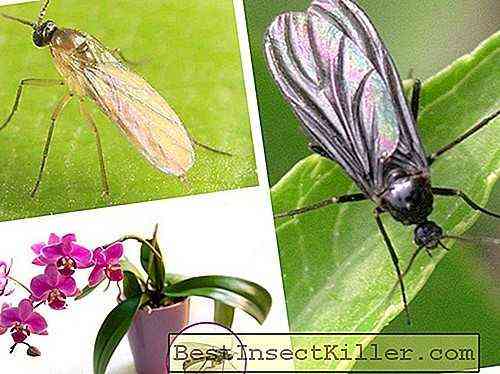Despite all the similarities with Schlumberger, which sometimes leads to funny confusion, Ripsalidopsis becomes a special cactus for everyone who decides to bring it to their home. The Easter Egg with its bright stars of flowers and articulated drooping shoots is a plant that is both demanding and easy to grow at the same time. If you choose the right conditions for Ripsalidopsis, care is reduced to minimal procedures. But without proper preparation, you will not be able to enjoy truly abundant flowering. It is no coincidence that the once almost forgotten and considered obsolete Ripsalidopsis again became so popular.
Rhipsalidopsis is a spring-flowering relative of Schlumberger
Description of the plant
Rhipsalidopsis are one of the most popular flowering forest cacti. They are often confused with Schlumberger, but it is worth being careful, and everything falls into place. Even popular nicknames indicate the most striking difference – the timing of flowering. The Decembrist-Schlumbergera blooms in winter, Easter-Ripsalidopsis is a spring species.
Of course, there are many other differences as well. Different development cycles: vegetation ending with flowering and subsequent dormancy in Schlumberger and flowering after dormancy and before vegetation in Ripsalidopsis.
The situation with the status of the Ripsalidopsis itself is not an easy one. Scientists have not yet decided officially. Disputes over whether it is necessary to retrain Ripsalidopsis back to hatiors (Hatiora gaertneri), as it was a decade ago, or even transfer them to epiphyllums (Epiphyllum russellianum) do not subside.
But you should forget about the nuances of classification and pay attention to the plant itself, especially since indoor ripsalidopsis are not species plants, but varieties and hybrids of large origin, with half-meter ampelous shoots, of complex origin. ripsalidopsis Gartner (Rhipsalidopsis х gaertneri) and dwarf, up to 15 cm, Ripsalidopsis pink (Rhipsalidopsis rosea).
Rhipsalidopsis, Easter cactus – ampelous epiphytic cactus with hanging shoots, distinguished by a pleasant variety of varieties and forms. The length of the shoots is up to half a meter, they branch densely and form lush bushes and cascades. Segments up to 6 cm in length and up to 3 cm in width are flat, with a slightly wavy edge and rounded teeth. Smoother than the sharp serrations in Schlumberger, the edge is accentuated by a reddish border and clearly visible bristle spines. And one more pleasant difference from other flowering cacti: Ripsalidopsis have very bright, rich colors of greenery.
Ripsalidopsis bloom traditionally occurs in the first half of spring, March and April, during the Easter period. It begins after a dormant period in autumn and winter (and in this, Ripsalidopsis also differs from Schlumberger, “resting” in spring after flowering).
Tubular, star-shaped flowers of Ripsalidopsis up to 4 cm in diameter are distinguished by symmetry, pleasant regularity, and evenness of the corolla (their petals do not curl back, unlike Schlumberger). Ripsalidopsis flowers bloom along the entire length of the shoots, and not only at the tops.
Orange, pink and red flowers of Ripsalidopsis in neon and softer variations are quite bright decoration of the interior in themselves. And thanks to the abundance of flowering, these cacti seem even more dazzling.
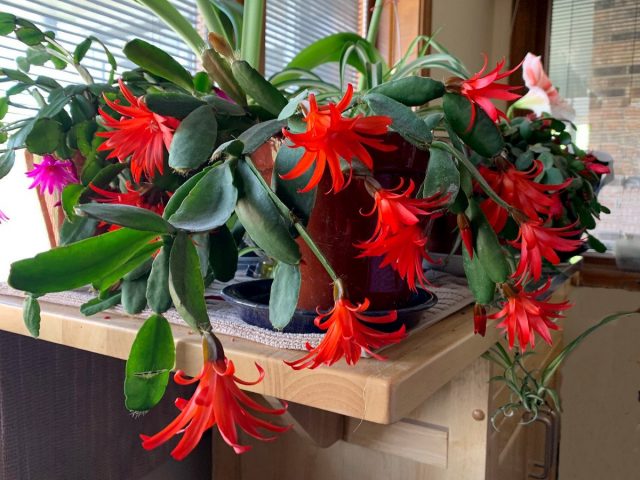
Growing conditions for indoor Ripsalidopsis
The coolness, without which Ripsalidopsis does not bloom, for many amateurs turns out to be an overwhelming task. But otherwise, the Ripsalidopsis are quite unpretentious and are content with a completely standard place in the room.
Read also our article 20 indoor cacti and succulents with strikingly beautiful blooms.
Lighting and placement
It is better to protect Ripsalidopsis from the direct sun, but the place for it should remain as bright as possible. Lighting of the eastern or northern windowsill is considered ideal. Even on western windows, the plant can suffer from excess light. The maximum distance from the window is 1,5 m; it is better to move cacti into the interior in rooms facing south and west. There is no need to increase the lighting for the dormant period, but the place for ripsalidopsis should be chosen “final” even before budding, because it is extremely undesirable to move the plant from the moment of bud formation.
If during the flowering period it is impossible to touch the Ripsalidopsis, then during the active growing season in the summer it is better to turn the plant regularly for uniform development.
Temperature control and ventilation
For ripsalidopsis during the period of active growth, the usual room regime is suitable. The optimum summer temperature is between 18 and 25 degrees. In the heat, high air humidity and frequent ventilation (or removal to fresh air) are needed.
In order for Ripsalidopsis to bloom, you will have to take care of the correct cool dormant period, lowering the temperature in January-February, if possible, even earlier. A temperature of 12 degrees is ideal for preparing the plant for flowering. Permissible fluctuations in the “mode”, in which the budding of flower buds will still occur, is from 10 to 14 degrees. In the warmth (above 15 degrees), flowering cannot be achieved from Ripsalidopsis.
Rhipsalidopsis needs neat ventilation and free air circulation around the bushes. For the summer, plants can be taken out to sheltered and shaded areas in the garden or on the balcony.
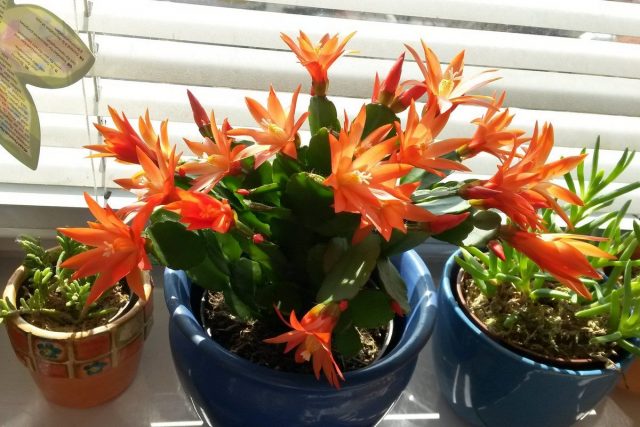
Ripsalidopsis care at home
Abundant, but careful watering, proper feeding and hygiene – Ripsalidopsis love attention and consistency.
Watering and air humidity
Rhipsalidopsis are afraid of overflows, but they need to be watered in the summer quite often and abundantly. It is better to drain the water from the pallets immediately. Before the next watering, the substrate should dry out only in the upper part, but never completely.
For the dormant period, the cactus needs to be kept almost dry. Watering is reduced to a minimum, maintaining the turgor of roots and shoots.
The water should be at the same temperature as the air. Hard water can be acidified, but it is better to initially choose the “safest” soft options (for example, thawed, purified).
Rhipsalidopsis love high humidity. Greens, but not buds or flowers, can be sprayed regularly. An alternative is to install humidifiers (any, even “home” ones).
Top dressing and composition of fertilizers
An excess of fertilizer is just as dangerous as a poor feeding. Rhipsalidopsis are fed during the active growing season, starting about a month before the desired flowering and continuing until the end of summer. Fertilizers for cacti (or half-diluted fertilizers for flowering plants) are best applied every 3 weeks.
Trimming and shaping ripsalidopsis
Only sanitary pruning of the affected shoots with processing and drying of the sections is required. If desired, you can stimulate tillering by pinching the upper segments and shortening long “lashes”.
Read also our article by Schlumberger – the good old Christmas tree, or the Decembrist.
Transplant, containers and substrate
Even young Ripsalidopsis do not have time to master the substrate in the container in a year. It is better to transplant as it grows, focusing on the development of the soil, approximately – once every 1-2 years, after the plant has faded.
Rhipsalidopsis is best grown in special light and loose soil mixtures for succulents. Homemade mixtures with loosening components are also suitable (for example, leaf, sod soil, sand and perlite or vermiculite taken in equal proportions). The optimal pH value is from 5,0 to 6,0.
A high drainage layer is laid at the bottom of the pots, from 4 cm. The transplant must be carried out carefully. The compact roots of the plant are easily injured, they are carefully examined, damaged areas are removed. The depth must be strictly controlled, without immersing the green parts of the stems and trying not to disturb the usual position. The soil is slightly compressed, but not strongly.
After transplanting, the ripsalidopsis should be placed in a semi-shaded place and do not rush to resume the usual watering before the start of growth, minimally moisturizing the substrate.
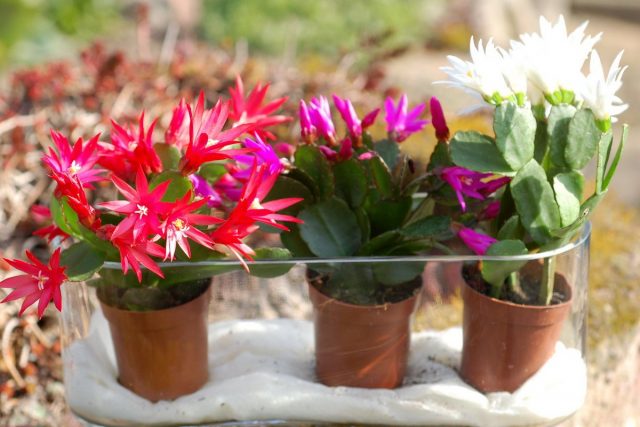
Diseases, pests and growing problems
Rhipsalidopsis crumble, deform in heat, insufficient lighting, overflow, too dry air. They rot very quickly when the substrate is damp and wet, in the cold. A stunted growth always indicates a lack of light or depletion of the soil.
Of the pests, they are rare, but there are scale insects, spider mites, mealybugs. Correction of care helps, but it is better to start the insecticide treatment right away. Fusarium, late blight, rot require trimming of damaged parts and repeated treatment with systemic fungicides.
Reproduction of ripsalidopsis
Spectacular varieties of Ripsalidopsis can only be obtained by cuttings. Shoots, preferably with 2 – 3 segments, are not cut, but broken off, gently rotating, twisting.
Ripsalidopsis cuttings are rooted in water, sand, substrate, under a hood or without it. The immersion depth should be minimal (2-3 mm of water). The segments can be simply placed on the substrate or sand, giving stability to any support.
